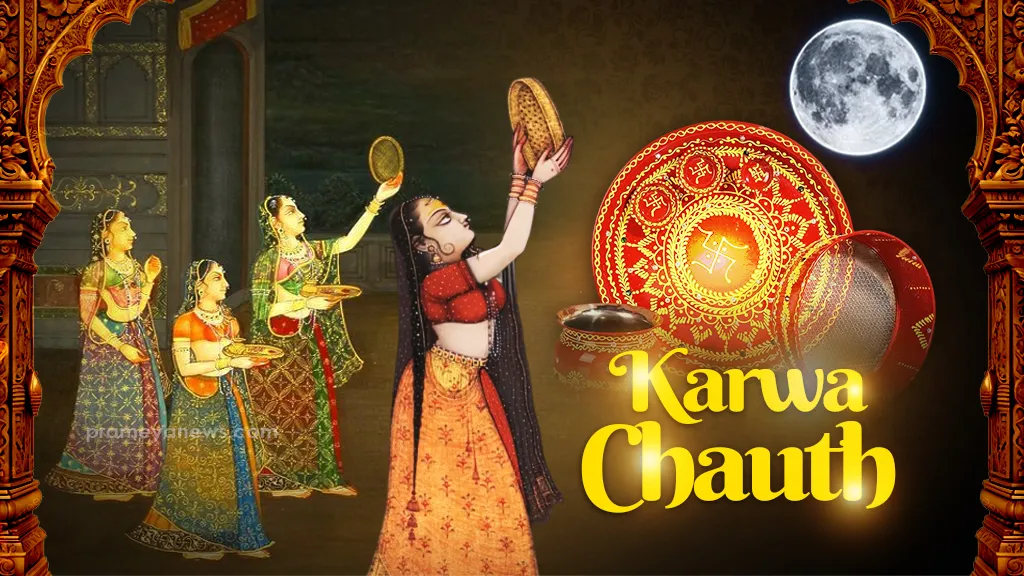

Karva Chauth is one of the most cherished and sacred festivals for married women in India, symbolizing love, commitment, and devotion. On this day, women observe a rigorous day-long fast, praying for the health, happiness, and long life of their husbands. In 2025, the festival will fall on Friday, October 10.
Rooted in centuries-old tradition and faith, Karva Chauth is not just a ritual; it represents deep emotional connections, spiritual strength, and perseverance. From the pre-dawn Sargi to the moonrise Pooja, every moment of the day is filled with meaningful rituals, each carrying its own significance.
Sargi: The Blessing of Love
The day begins early with the Sargi, a special meal prepared by the mother-in-law for the daughter-in-law. It typically includes dry fruits, sweets, parathas, milk, and other nourishing items meant to provide strength for the day ahead. Women wake up before dawn, bathe, and eat the Sargi before the first light of the day. The ceremony is a significant blessing, representing love passed down through generations. Skipping this ritual is considered inauspicious as it marks the official start of the fast.
The Fast: Nirjala Vrat
From sunrise, women begin the Nirjala Vrat, a fast that involves abstaining from both food and water until the moon rises in the evening. This is one of the most challenging fasts in Hindu tradition, requiring both physical endurance and mental focus. The fast is a symbol of self-restraint and devotion, representing prayers for the long life and well-being of their husbands. Consuming water before moonrise is said to break the sanctity of the fast.
Adornment and Mehendi Ritual
Karva Chauth is also a celebration of beauty and elegance. A key ritual is the application of mehendi (henna), which is believed to bring good luck and strengthen the bond between husband and wife. Women adorn their hands and feet with intricate henna designs a day before or on the morning of Karva Chauth.
Dressing in traditional attire often red, maroon, or pink sarees or lehengas—women also wear jewelry, bangles, sindoor, and bindis. The 16 Shringar ceremony, a celebration of womanhood and wedded bliss, is an integral part of the day's customs.
The Evening Pooja and Karva Chauth Katha
As the moon rises in the evening, women perform the Pooja. Holding a sieve, they gaze at the moon while offering prayers with arghya (water) and silently recite mantras. The moon, considered a symbol of peace and divine blessings, witnesses the women’s unwavering faith. Afterward, the sieve is directed toward the husband, and his face, illuminated by moonlight, becomes the focus of the prayer.
The fast is then broken, often with a sip of water or a sweet bite from the husband. This act symbolizes not just the end of the fast but a renewal of love, commitment, and the vows of marriage.
Pre-Festival Rituals
The day before Karva Chauth is also filled with preparation. Homes are cleaned, and women set up Pooja items such as diyas, karvas, and decorated thalis. Some even burn camphor or cloves to purify the environment, creating an atmosphere of spiritual purity and prosperity.
Karva Chauth is a celebration of love, faith, and tradition, where rituals transcend mere customs and become expressions of deep emotional and spiritual commitment.